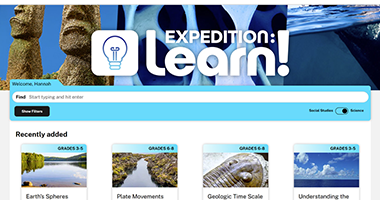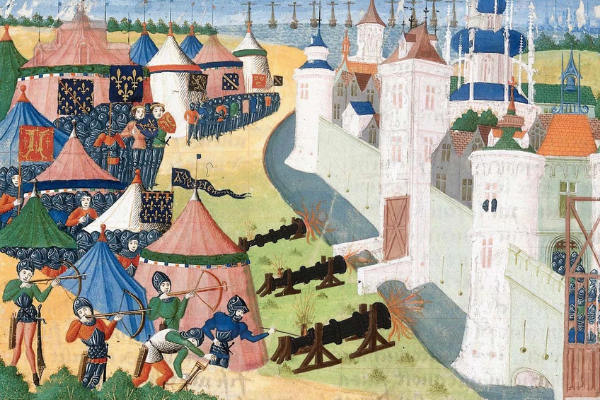Although the early Middle Ages is often called the Dark Ages, many new ideas actually appeared during this period.
The medieval period, or the Middle Ages, is a time in European history before the modern era. It is a time when many important ideas about government, religion and art developed.
The following resources and activity ideas explore everyday life and important events that occurred during the Middle Ages. They are appropriate for students at a primary or middle school level.
Resource Packs

The Britannica “Middle Ages” resource packs are accessible to schools who are subscribed to the Australian, New Zealand, Asian, UK and US versions of Britannica School. They contain age-appropriate articles, images, websites and videos on the Middle Ages, castles and fortifications, the feudal class system, the Black Death and more.
Resource Pack Links:
Britannica School (Australia) Primary level resource pack↗
Britannica School (Australia) Middle level resource pack↗
Britannica School (New Zealand) Primary level resource pack↗
Britannica School (New Zealand) Middle level resource pack↗
Britannica School (UK) Foundation level resource pack↗
Britannica School (UK) Intermediate level resource pack↗
Britannica School (US) Elementary level resource pack↗
Britannica School (US) Middle level resource pack↗
Britannica School (Asia) Elementary level resource pack↗
Britannica School (Asia) Middle level resource pack↗
Britannica School (Asia version in China) Elementary level resource pack ↗
Britannica School (Asia version in China) Middle level resource pack ↗
Activities
The following activities can be completed using resources found in the Britannica School ‘Middle Ages’ resource packs.
- Medieval Castles were extremely important during the Middle Ages. They provided people with safety and protection. Using the materials in the Britannica School resource pack, research what castles looked like, the different parts of a castle, the purpose of each part and what materials were used in their construction. Complete the table identifying key ideas.
- Select one group of people living in the Middle Ages, a peasant, Lord or Lady or a child and research what life was like for them during this time. Create a mind map detailing your research.
- Living conditions in the Middle Ages, especially for peasants, were extremely poor and unsanitary. It was difficult and expensive to source fresh food and clean water, not to mention medicines and medical advice. This led to the spread of disease and illness, one of the worst being the Black Death or Plague.
- Examine the map illustrating the reach of the Black Death in Europe from 1347 to 1351. Use it to create a timeline for the spread of the disease.
- Using the materials in the resource pack, explore how the Black Death was spread, the symptoms its victims displayed and any treatments that were used. Create a newspaper article heralding these details to warn people about the disease.
- The Black Death brought many consequences for medieval society and resulted in long lasting effects. Create three statements to summarise the lasting effects of the Black Death on medieval times.
Featured Image from BRITANNICA SCHOOL: A 15th-century illustration shows crossbows and cannons used during a siege of a medieval castle. The British Library (Public domain). Accessed 29 Apr. 2022.
These activities and resources have been created using content from Britannica School, the go-to site for safe, comprehensive student research. Contact your librarian to find out if your institution already has access. Find out more about Britannica School or set up your own free trial.
More Educator Resources
Sign up with your email for more free resources from Britannica.

